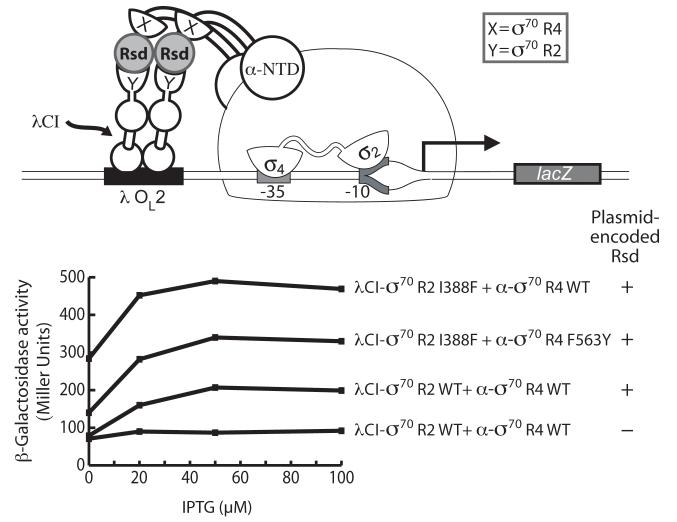Figure 4. Rsd interacts simultaneously with σ70 regions 2 and 4.
A. Bacterial two-hybrid assay adapted to detect bridging interactions. Cartoon depicts how unfused Rsd can bridge a λCI-σ70 region 2 fusion protein and an α-σ70 region 4 fusion protein and thereby activate transcription from test promoter placOL2-62.
B. Results of β-galactosidase assays performed with FW102 OL2–62 cells containing three compatible plasmids, one encoding the indicated λCI-σ70 region 2 fusion protein, a second encoding the indicated α-σ70 region 4 fusion protein, and a third encoding either unfused wild-type Rsd or no Rsd. The plasmids directed the synthesis of the fusion proteins (or Rsd) under the control of IPTG-inducible promoters, and the cells were grown in the presence of increasing concentrations of IPTG. Strain FW102 OL2–62 also contains chromosomally encoded wild-type Rsd, which begins to accumulate as the cells transition from the exponential phase of growth to stationary phase.

